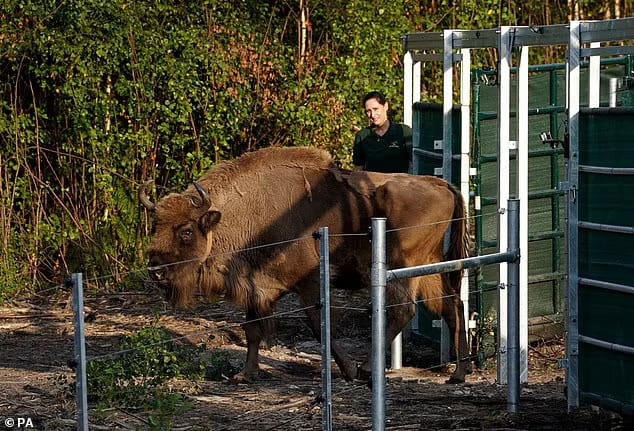This article was developed via a partnership with BetterHelp.
Since animals can’t communicate with us, we need to pay attention to their body language to understand their emotions. Great pet owners already do this, memorizing their pets’ movements to determine their needs and feelings.
This is even more crucial when interacting with animals we don’t know or encounter in the wild. Detecting signs of anger, aggression, or fear will not only make our pets happier but could save our lives when encountering a wild animal. Read on to learn more about anger and aggression in animals, as well as how they exhibit these emotions.
Do Animals Experience Anger?
This is a tricky question and one not easily answered. There is considerable research on emotions in animals with mixed results. To most researchers, it is clear that animals feel emotions, but there is much debate over the specifics.
For example, some species have a wide range of emotions while others only seem to experience a few. Furthermore, there is debate whether any animal experiences particular emotions, such as anger, or if there are emotions that only humans feel.
Some researchers think it is pretty clear that animals experience anger. If you own cats or dogs, you are probably likely to agree. Though they are usually friendly and mild-mannered animals, it’s not uncommon that they may get a bit ticked off by their owner every once in a while.
However, some researchers believe that animals don’t experience anger but that their outward aggression is a sign of fear or being threatened. So, though we perceive it as anger, what they are actually feeling may be completely different.
Whatever the species is feeling, it is still a good idea to read up on common signs of aggression, so you know when to back off and give an animal its space.
Common Signs Of Aggression And Anger In Animals
Determining if an animal is angry or aggressive isn’t always easy. There aren’t many universal signs of anger as every species exhibits its emotions in unique ways. However, there are some signs that show up in many species that can give you a good indication that it’s time to back off. Below are some signs of aggression and anger that are common in animals.
Baring Teeth
Though humans typically bare their teeth in a smile, when an animal shows its teeth, it’s time to give it some space. This is a classic warning sign that an animal is angry and can be found amongst many species, including pets like cats and dogs. An animal will show their teeth as a way to communicate that they are about to be aggressive but is still giving the other animal a chance to back down.
Growling
Much like humans change their tone and volume level of their voice to indicate anger, many animals will growl or make a similar noise to communicate their aggression verbally. This is one of the final warning signs that an animal will exhibit before potentially attacking.
Flared Nostrils
This is a common sign of aggression and anger in animals and humans but often goes undetected. However, if you see an animal’s nostrils flare, especially if they seem tense or out of sorts, this is a good indication that they are irritated, annoyed, or a bit angry. This is a good indication to be weary around the animal even if they aren’t showing more aggressive signs of anger yet.
Ears Pushed Back Or Flattened
Though many people don’t realize it, many species display their emotions through the movement of their ears. For example, horses, dogs, and cats will flatten their ears when they are irritated, afraid, or aggressive.
However, this sign can be mistaken for other emotions. For example, some dogs will flatten their ears when they are happy. But this is often accompanied by other signs of joy and happiness, such as playful energy and a widely wagging tail.
Therefore, if you see an animal flatten their ears, be cautious. Unless there are signs otherwise, this could indicate that an animal is angry and ready to attack.
Raised Fur
Many animals who have fur will raise the fur on their back to indicate anger and hostility. It is a classic sign of emotional distress and that an animal is ready to defend itself or attack. However, in some instances, this sign can also indicate anxiety or fear, so look out for other body language clues to detect if it is anger.
Final Thoughts
Understanding the common signs of animal aggression could save you from a fight with a dangerous animal. Just like humans, animals experience a wide range of emotions that they use to communicate their boundaries and needs. Aggression in animals could indicate anger or may also communicate fear or a feeling of being threatened. Whatever the case, if you see your pet or a wild animal show these signs, it’s time to back off and let the animal be.
To learn more about anger in humans and wildlife, click on the link below for more information:
https://www.betterhelp.com/advice/anger/







Leave a Reply